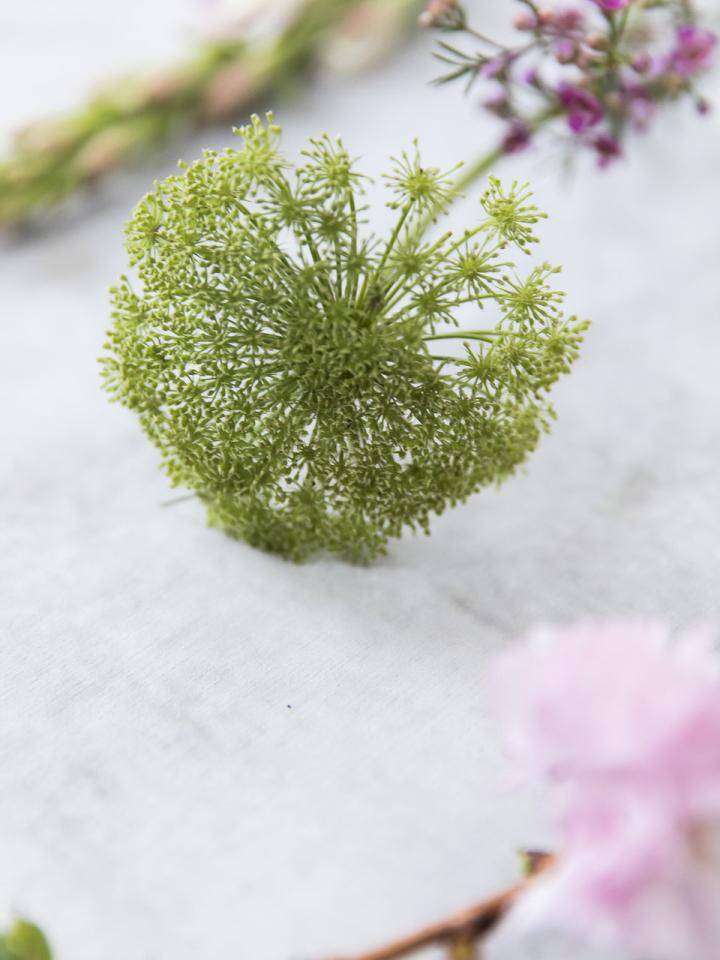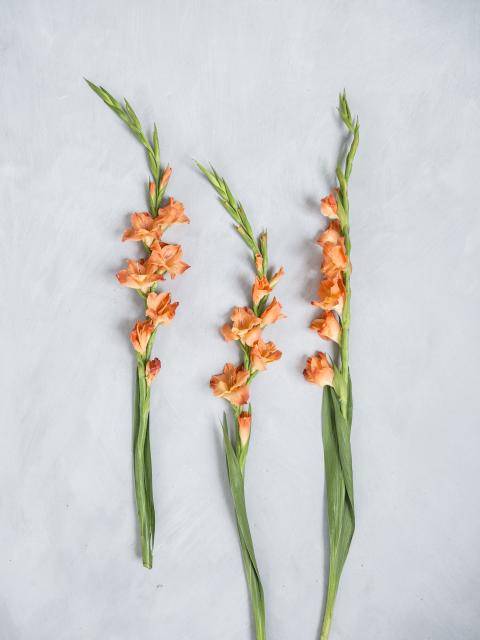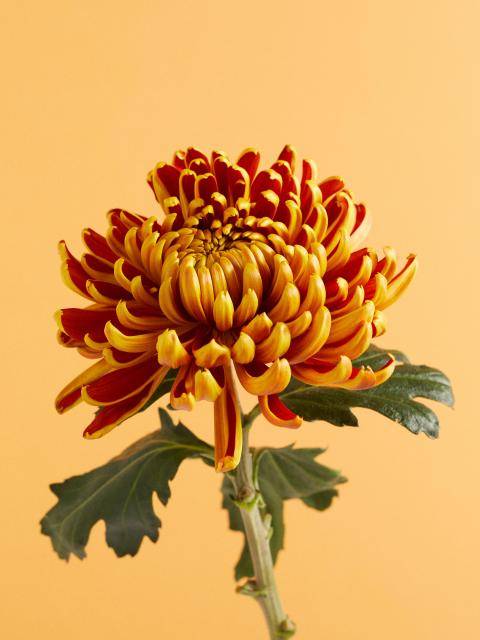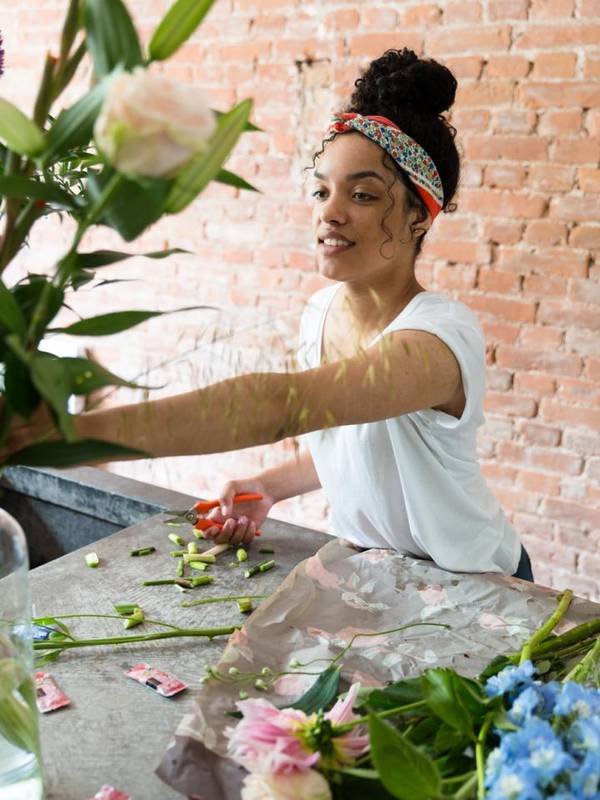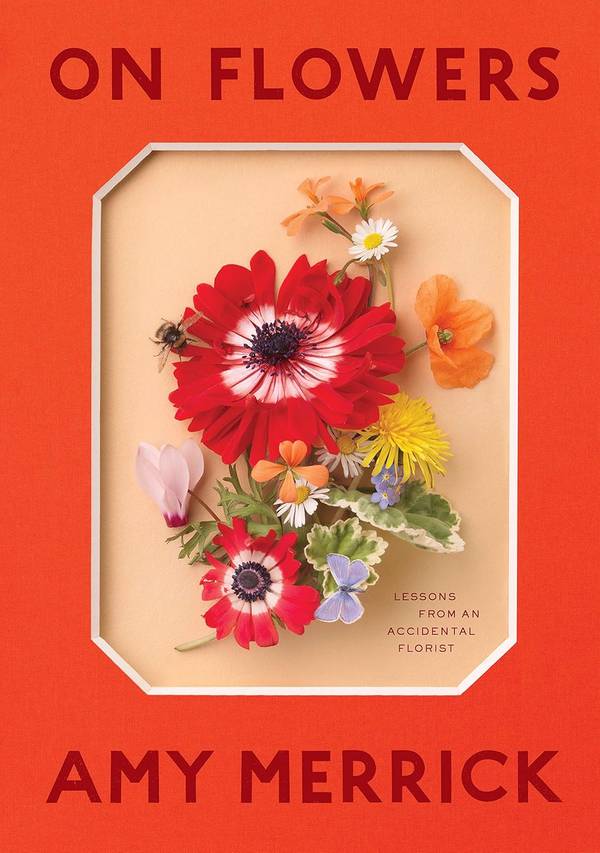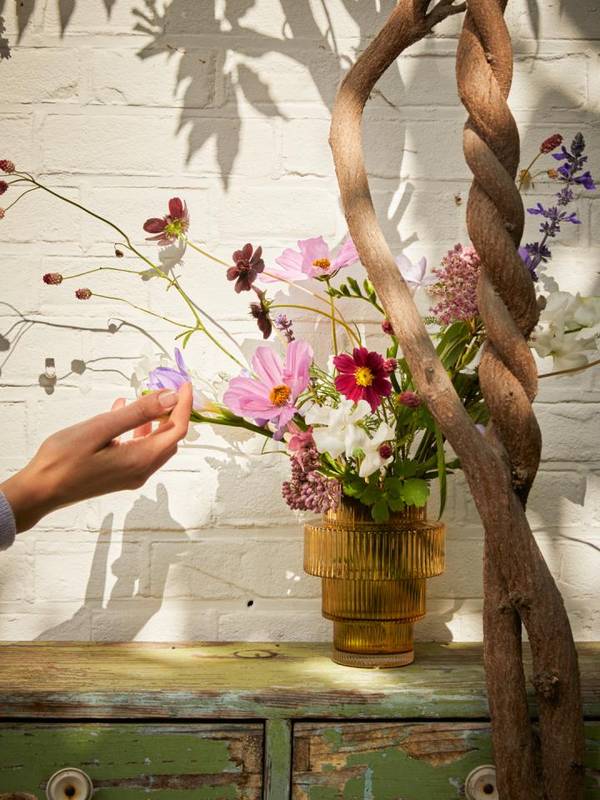
Care
Tips to ensure you van enjoy dill for even longer:
- Give dill a clean vase with clean water.
- Add cut flower food to the water for a longer vase life.
- Trim 3-5 cm off the stems diagonally with a sharp and clean knife.
- Regularly top the vase up with tap water.
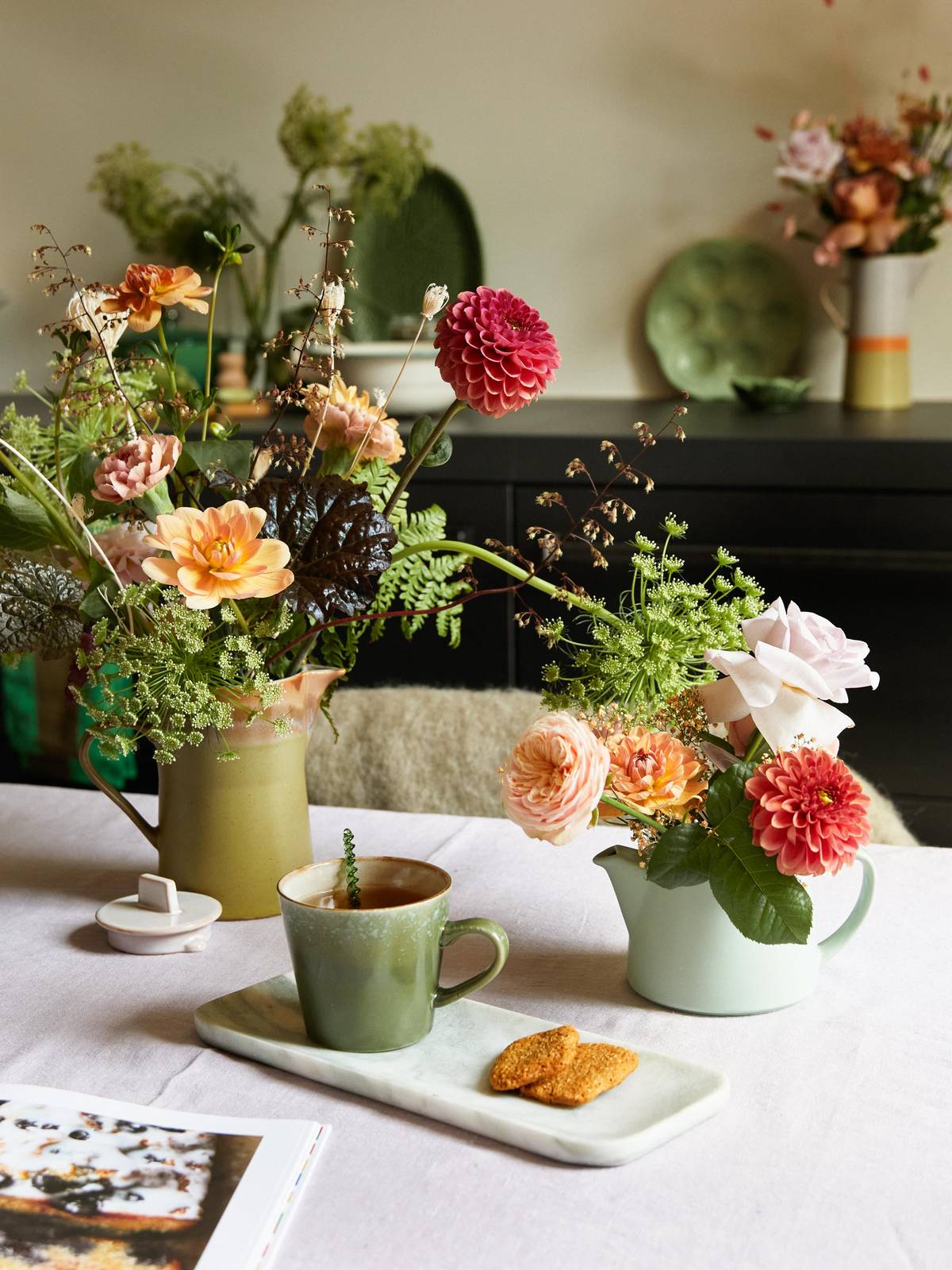
Colours and shapes
Dill is a cousin of chervil and fennel. The flowers bloom in upward-pointing umbels that are packed with clusters of greenish-yellow flowers. They're cheerful umbrellas that smell beautifully fresh. The leaves are threadlike and the striped stems are hollow.
Symbolism
If you’re getting married you should get hold of as much dill as possible. This flower brings incredible amounts of happiness to the ceremony. If you’re not getting married fill all the vases in your home with dill, since the flower offers protection, keeps enemies from your house, brings happiness and wealth, and engenders passion. It will also keep witches away.
Origin
Dill originates from the countries around the Mediterranean. Monks probably spread the herb throughout the rest of Europe. The name dill derives from the old Saxon ‘dilarm’ which means ‘rock to sleep’. Dill stimulates the mammary glands of breastfeeding mothers.
